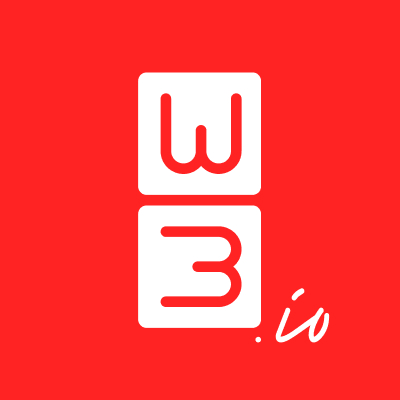
July 25, 2025
Decentralized infrastructure won’t win until it’s better, faster, and cheaper. Here’s what’s still missing—and what needs to change.

The promise of decentralized infrastructure is bold: compute you can verify, systems you actually control, and automation you don’t have to trust blindly. It's a vision of an internet powered by logic and incentives, not gatekeepers. Yet despite a decade of effort, countless networks, and billions in investment, centralized cloud platforms still dominate the landscape—even within Web3.
So, why hasn’t the decentralized stack taken off?
Not because the vision is flawed. But because the execution isn’t there yet.
In most cases, decentralized infrastructure is still too complex, too fragmented, and not yet trustworthy or performant enough to compete with the smooth experience developers have come to expect. The gap isn’t in what decentralization stands for—it’s in how it’s been delivered.
Decentralized infrastructure advocates have built on strong ideals: transparency, autonomy, resilience. But in trying to uphold those ideals, the space has often overlooked something critical: the builder/user experience.
The truth is, a mass of users don’t adopt a platform because they’re philosophically aligned. They adopt it because it helps them get something done faster, more reliably, or more affordably.
And that’s where centralized cloud platforms still have the edge.
They're not perfect, but they’re predictable. Developers can deploy services in minutes. Teams can forecast costs and performance. The tooling is cohesive, the APIs are mature, and the operational experience is straightforward.
In contrast, today’s decentralized alternatives still present significant friction. Performance can vary widely. Tooling is often fragmented across ecosystems. Payment requires native tokens. And critical operations from deployment to monitoring still feel like stitching together a dozen moving parts with duct tape and a governance forum.
It’s not that users don’t want decentralization. It’s that they’re being asked to build the bridge while they cross it.
If decentralized infrastructure wants to compete, it can’t rely on ideology. It needs to deliver on three fronts:
Today, most platforms lean too far into decentralization as the end goal, rather than a means to solve real problems. But no enterprise is migrating production workloads just because something is “more decentralized.” Enterprise makes moves when they see a solution to a real business problem that comes with a non-trivial upside. They’ll switch when they see practical advantages like transparent billing, seamless cross-cloud failover, or AI agents that can’t be switched off or manipulated behind closed APIs.
Those are the use cases that will move the needle. That’s where the battle for the future of infrastructure will be won.
To get there, the decentralized ecosystem needs to change how it thinks about what it's building.
It’s not enough to ship faster networks or more efficient staking models. We need to build systems that are outcome-driven. That means moving:
This means making programmable trust easy to adopt, automating key operations, and giving users meaningful control, all without requiring them to become protocol experts.
And it means meeting builders where they already are.
One of the most powerful ideas in decentralized infrastructure is composability—the ability to plug pieces into existing systems without needing to rip and replace everything.
Instead of trying to rebuild the cloud from scratch, decentralized tools can be layered on top of what works today. Imagine wrapping existing infrastructure with verifiable workflows. Or enabling cross-cloud and cross-chain logic governed by transparent, on-chain rules. Or automating deployment decisions through programmable conditions, not vendor lock-in.
By offering composable infrastructure like automation patterns, modular validators, interoperable compute, we reframe decentralization not as a total reset, but as an upgrade path. One that developers can opt into incrementally, based on what actually drives value for them.
This is the wedge. This is how we win.
The core thesis behind decentralized infrastructure is still valid. The world needs trustless systems, programmable automation, and transparent coordination. But mass adoption won’t happen because of ideology—it will happen because of outcomes.
To get there, we need systems that deliver real value: faster time-to-market, lower operational costs, more reliable automation. Systems that don’t just check boxes on decentralization—but actually help teams build, deploy, and scale.
Let’s stop treating decentralization as an alternative, and start building it as an evolution. Let’s make it easier, not harder, to choose transparency. Let’s integrate, not isolate.
Because the future isn’t just decentralized.
It’s composable.
And it’s ours to build—together.